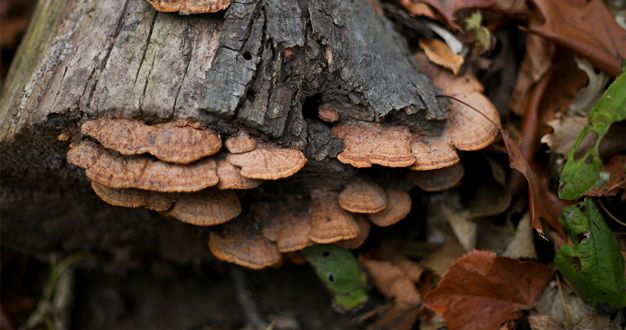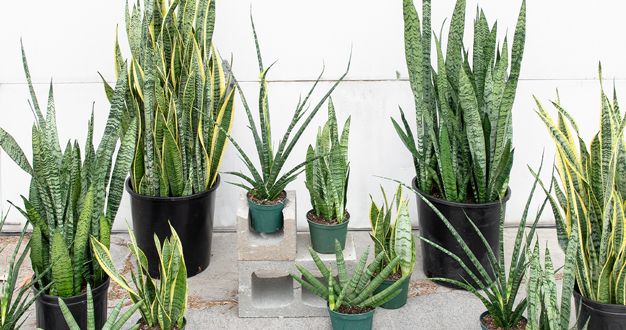
When variety is what you crave in a plant collection, cacti and succulents meet that need. This is a broad and wildly diverse group of plants offering an almost limitless assortment of unusual shapes, colors, and growth forms to discover. And with the right light and water, they’re pretty easy to care for too.
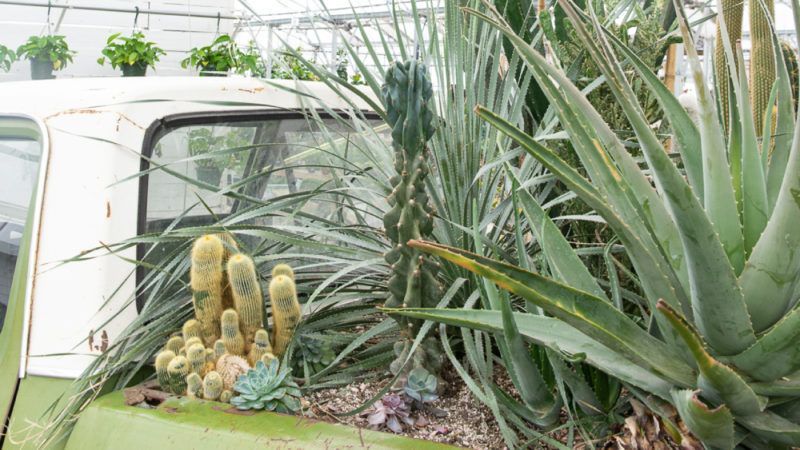
Light
In general, both cacti and succulents enjoy abundant bright light – including several hours of direct light – while living indoors as houseplants. In most cases, a location as close as possible to a west or south window is needed. In warmer months, these plants thrive outdoors in a bright spot with dappled sunlight. Some of the more sun-loving varieties of cactus enjoy a few hours of direct sun too.
Water
Let the soil dry down almost completely between waterings. How often to water will depend on the light intensity, the size of the pot, and the variety of plant. In general, indoor cacti and succulents need water much less frequently than those living outside. When it’s time, give a thorough drink, allowing the excess water to drain out of the drainage hole. Never let a cactus or succulent sit in a drain tray with water – this can quickly lead to root rot for these plants.
Soil
As a group, cacti and succulents are sensitive to excess moisture around their roots. To support fast drainage, use potting mix specifically designed for cacti and succulents. Or combine a general houseplant mix with a generous amount of sand, pumice, or perlite for extra aeration.
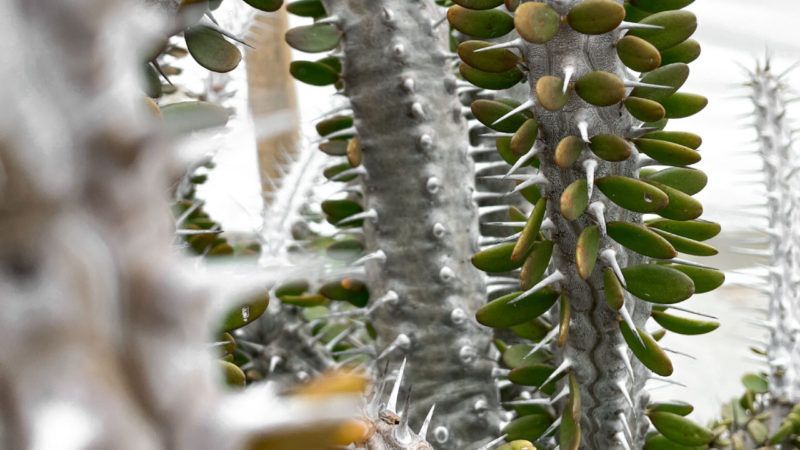
Environment
Cacti and succulents thrive in typical indoor temperatures and humidity. Just protect them from drafts and chilly windows. Once temperatures remain above 50 degrees in the spring, these plants can live outside but a gradual introduction to higher light levels is required to prevent scorching the foliage.
Fertilizer
As a group, cacti and succulents are adapted to low-nutrient environments, so feed lightly. When watering, use a balanced, low-nitrogen fertilizer with a 2-7-7 NPK or a 1-7-6 NPK ratio. These are not lush, foliage-heavy plants, so low nitrogen is important, but the higher phosphorus and potassium encourage flowering and healthy root growth.
Propagation
Most cacti and succulents are easily propagated by stem cuttings. Allow the cut end of the stem to callous a bit (dry out) before placing it in a moistened, well-draining potting mix.

Toxicity
As a group, cacti and succulents are considered toxic to pets and may cause vomiting or other digestive issues if consumed. Sharp needles and spines add more potential for injury in some varieties.
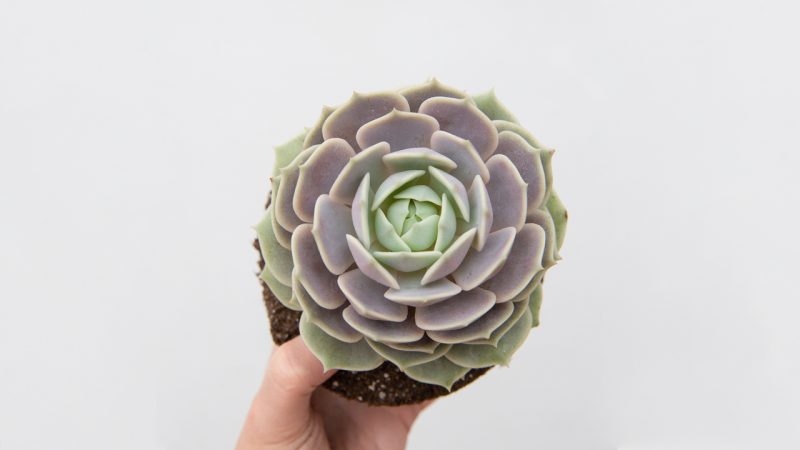
Additional Notes on Cacti + Succulents
- While there are broad similarities in care for cacti and succulents, some differences in the need for light and soil moisture can exist between specific varieties. In general, when potting an assortment of these plants into one container garden, it’s a good idea to group high-light, desert-dwelling cacti in one pot and keep indirect-light loving, more moisture-tolerant succulents in another.


